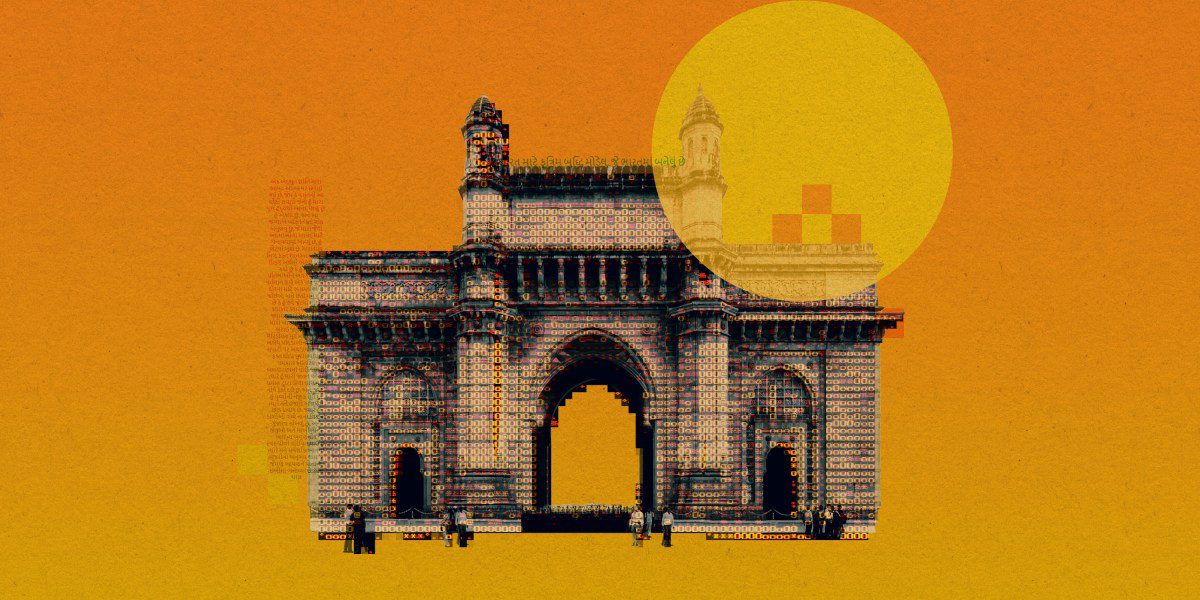The Future of Indian Startups: Harnessing AI with Government Support
Let’s face it: the race for AI supremacy isn’t just for big-tech giants anymore; it’s spilling over into the startup ecosystem, especially in India. Under its ambitious compute program, the Indian government is rolling out more than 18,000 GPUs, with nearly 13,000 of those being high-end H100 chips. A select group of startups—think Sarvam and Upperwal’s Soket Labs—are set to benefit, and they’re proof that the future of AI in India is not just bright; it’s thriving.
A Multilingual AI Wonderland
Here’s the deal: India isn’t just pouring money into tech for the sake of it. The government aims to launch a national multilingual dataset repository and establish AI labs across smaller cities. That’s a game-changer, folks! Imagine an AI lab right in your hometown, schooled in the nuances of local languages and cultures. Abhishek Singh, CEO of IndiaAI, believes this initiative could rake in around $12 billion in R&D investment over the next five years. And let’s be real, that’s a serious cash boost for startups working on cutting-edge solutions in sectors like health, governance, and agriculture.
Fun Fact: The National Quantum Mission is also contributing $730 million to fuel India’s quantum research ambitions. When was the last time you heard of a tech initiative that didn’t just stop at funding but aimed to reshape an entire ecosystem?
Startups, Get in Line!
Want to know the coolest part? IndiaAI has received over 500 applications from startups with creative use cases. That’s a lot of innovation waiting to happen! Singh mentioned that Sarvam has already received government support, and in the coming months, 10 to 12 more startups are poised for funding focused solely on foundational models.
Selection Criteria: What’s the Secret Sauce?
So, what’s the criteria? Startups need to demonstrate access to training data, a robust talent pool, sector relevance, and scalability. If you’re an aspiring entrepreneur or an established player looking to ride the AI wave, you’ve gotta keep it real and show what sets you apart.
Open or Closed: The Controversy
But wait—this isn’t all sunshine and rainbows. The IndiaAI program has stirred some debate in the tech community. Sarvam is being built as a closed model, which has raised eyebrows among those who champion open-source tech. Amlan Mohanty, an AI policy specialist, hit the nail on the head when he said, “True sovereignty should be rooted in openness and transparency.” We’ve seen this with DeepSeek-R1, which became freely available for commercial use, opening doors that were previously shut tight.
The Balancing Act: Private vs. Public Good
Isn’t it a bit ironic? We’re in an era where collaboration is key, yet some projects are veering down a closed path. So where do we draw the line? It raises an important question about balancing private enterprise with the public good, especially when the stakes are so high.
Looking Ahead: What’s Next for Indian Startups?
The push for AI in India isn’t just about funding—it’s about setting the stage for a robust innovation ecosystem. With nearly $9.9 billion expected to trickle in from private and international sources, including venture capital and tech leaders like Microsoft, Indian startups have a golden opportunity. We’re talking about a vibrant landscape where deep-tech solutions can thrive and take on the world, but only if we can navigate the muddy waters of public versus private interests.
Wanna dive deeper into how tech innovation is reshaping the world? Check out this fantastic read on emerging tech trends!
So what’s your take? Are you excited about the future of AI in India, or do you think the focus on closed models could hinder innovation?
